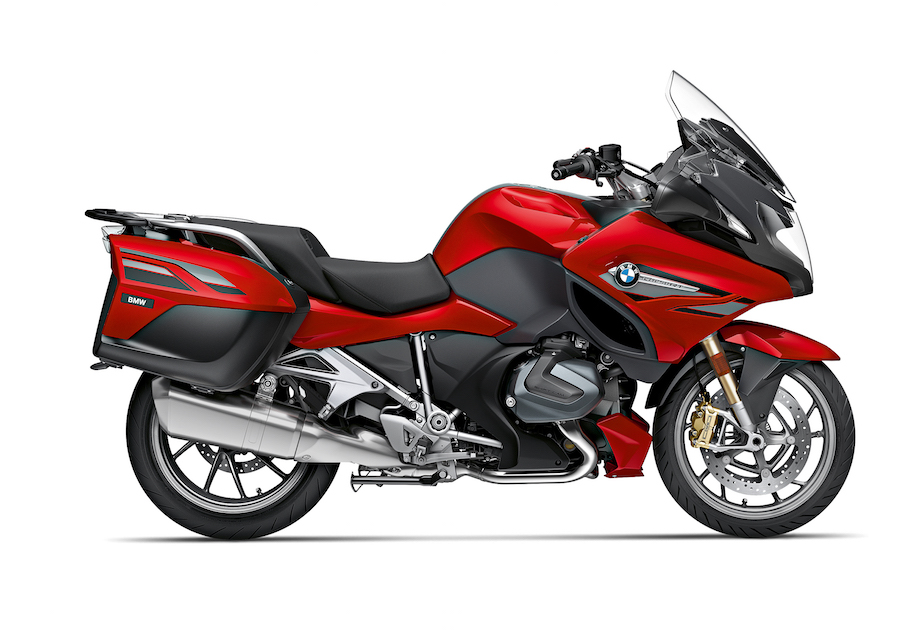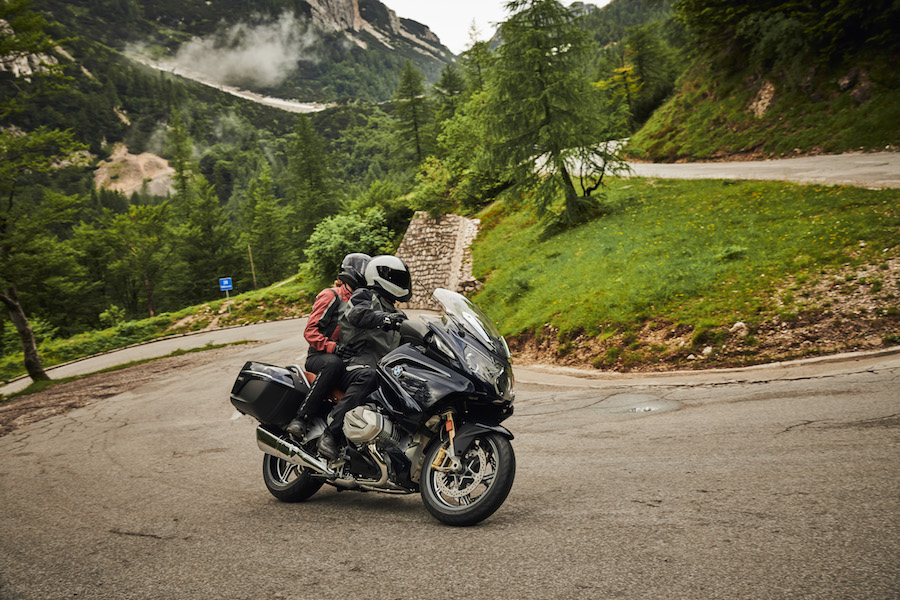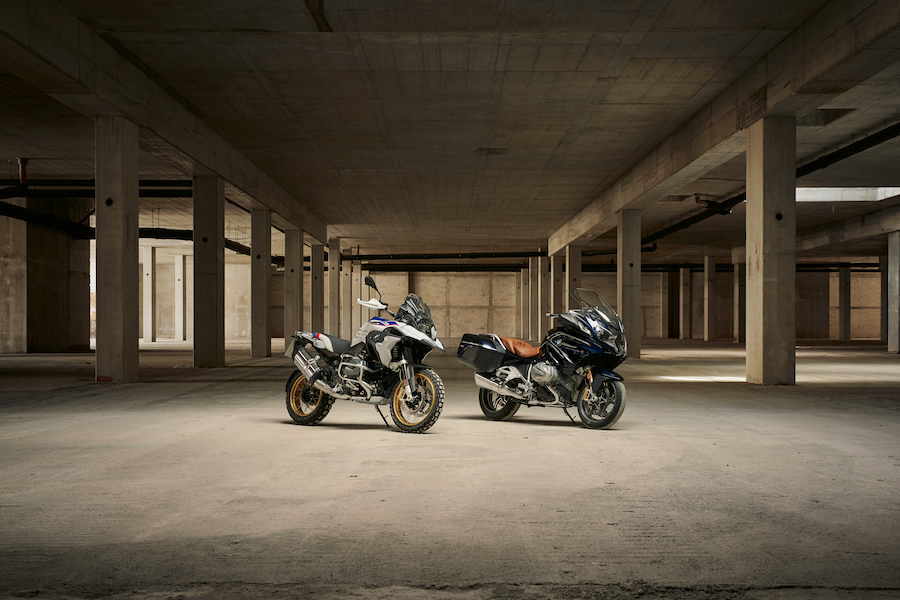BMW’s new tech turns one engine into two beasts
BMW is taming its next-generation 1250cc Boxer engine with a camshaft system that turns one engine into two. Called the Shift Cam, it’s the most highly developed version of variable valve timing and lift seen so far on a motorcycle. It cleverly switches between two completely different cam profiles, altering the timing, valve lift and overlap.
The new technology is the highlight of BMW’s launch last week of the 2019 GS and RT models. The bigger Boxer engine now produces peak power of 100kW, until recently only the realm of Superbikes.
Yes, we’ve seen VVT before. Think Ducati XDiavel and Multistrada 1260, as well as Kawasaki’s ZX-14. And Suzuki’s latest GSX-R1000 has a clever, mechanically-operated version. But all those bikes can do is change the cam timing.
BMW’s Shift Cam moves the whole inlet camshaft forwards or backwards in the cylinder head. Doing so brings one of two sets of lobes into contact with the inlet valves, either a partial-load lobe, with relatively little lift and duration, or a full-load lobe that’s much more aggressive, with lots of lift and duration to get more air and fuel into the cylinder.

The mechanism is simple. A pair of angled grooves in the rear end of the camshaft run in opposite directions. Below them lies an electronic actuator that can insert a pin, via a solenoid, into one or other of the grooves. This spins the camshaft either forwards or backwards, activating the appropriate cam lobe.
This simple system could only work with an engine like the BMW boxer, where there’s just one cylinder for each inlet camshaft to operate on.
Apart from the engine, there are minimal changes to the 2019 R1250GS and R1250RT models. The GS gains the previously optional TFT display, with Bluetooth connectivity and app-based navigation. It also gets an LED headlight. Traction control is standard on both, along with two riding modes (and four optional ones) and ABS, while there’s also the option of cornering ABS and lean-sensitive traction control.

2019 BMW R 1250 RT.
- The GS comes in basic form, including an ‘Exclusive’ trim with a black engine, forks and swingarm and different side panels, and there’s also a ‘HP’ version. The RT is offered in basic form plus ‘Option 719 Spezial’ finishes.
- Helping the nine per cent power increase from 92kW is a capacity boost from 1170cc to 1254cc, mainly due to a longer stroke (now 76mm).
- An even more impressive 14 per cent hike in peak torque comes at lower revs. Where the old bike managed 125Nm at 6500rpm, the new one achieves 143Nm at 6250rpm. It’s also claimed to make more than 120Nm of torque all the way from 3500rpm to 7750rpm.
- The Shift Cam system is also claimed to give a four per cent improvement in
fuel economy, despite the additional engine capacity. - As well as the new cylinder heads and the additional capacity, there’s a slipper clutch and an array
of changes to oiling and cooling.


2019 BMW R 1250 RT.
What else?
BMW hasn’t revealed the rest of its 2019 Boxer range but documents in America indicate an R1250GS Adventure, R1250R nakedbike and R1250RS sports tourer will all use the Shift Cam engine.

2019 BMW R 1250 GS.
By Ben Purvis